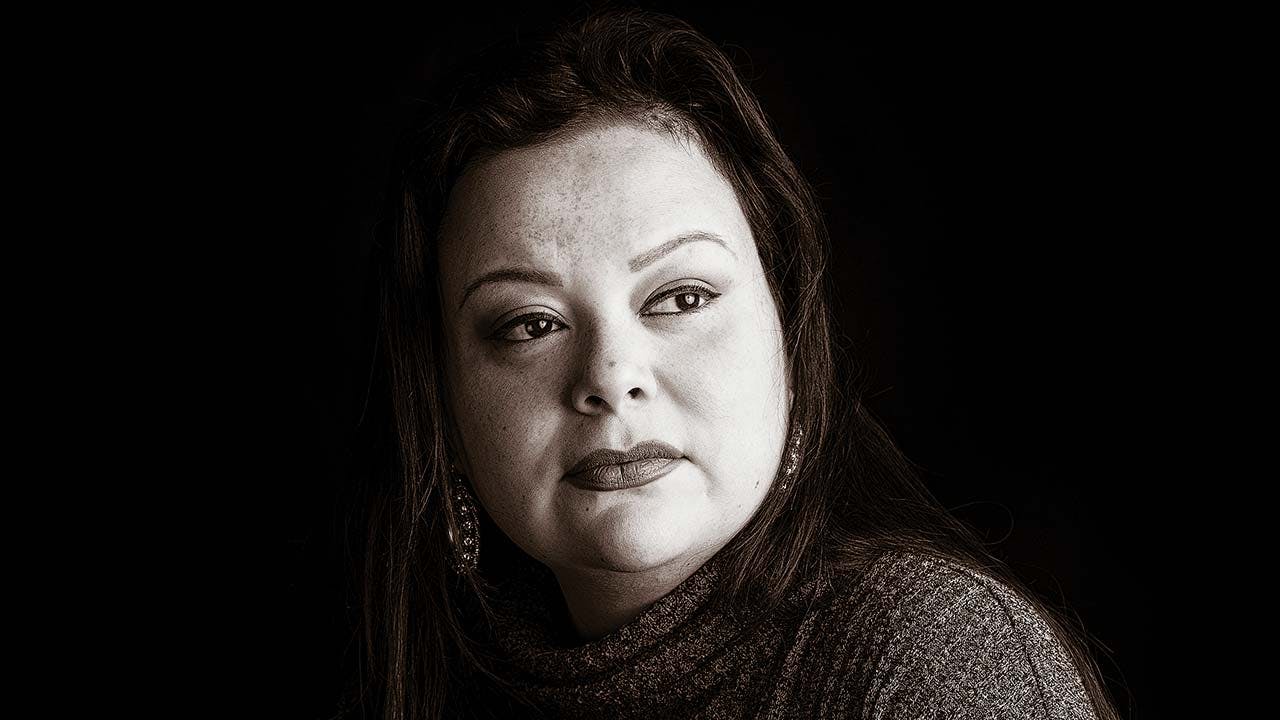
Ursula Garza Hernandez felt as though she were walking on broken glass. She’d had bad days before, but this one, in February 2015, was especially awful, causing her to step gingerly, feeling her way across the parking lot at the University of the Incarnate Word, in San Antonio. Hernandez, who was 36 at the time, worked as an adjunct professor at both ITT Technical Institute and Brown Mackie College and was the mother of a 10-year-old girl. But she was also working toward her Ph.D. in organizational leadership. On this day, she was on her way to her Cultural Aspects of Research class—if she could just get there.
Hernandez suffers from type 1 diabetes. Unlike those with the more common type 2, her body doesn’t produce insulin, the hormone that helps to process glucose. Without insulin, glucose remains in the blood and doesn’t sufficiently reach cells. Left untreated, high blood sugar can cause nerve damage all over the body, a condition known as neuropathy. That’s what happened to Hernandez, and she felt it the most in her legs and on the bottoms of her feet.
By the time Hernandez reached her class, she was in so much pain that she put her head down on her desk and began to cry. Her friend Sara, who sat next to her, asked what was wrong. Hernandez said she felt utterly exhausted. “I feel like the life force is draining out of my body.” Another classmate sitting nearby named Andrea Guajardo overheard the conversation. Guajardo asked Hernandez if she had insurance. No, she hadn’t had it since her then-husband lost his job in 2010. Her condition was insulin-resistant, meaning she needed even more insulin than normal—ten to twelve vials a month—but at $600, it was incredibly expensive. So for five years, she’d treated her diabetes only haphazardly, getting insulin from friends who worked in hospitals or grabbing samples from community clinics. Though her body was desperate for the hormone, she’d had to take far less than she needed just to make it last. Now her body was slowly dying. She found herself constantly thinking about making funeral plans so her daughter wouldn’t have to.
Guajardo asked Hernandez if she’d thought about trying to get health insurance under the Affordable Care Act, also known as Obamacare. Hernandez had heard of it but had assumed she wouldn’t qualify. Guajardo, the director of community health at Christus Santa Rosa Health System, also happened to be one of the leaders of EnrollSA, a coalition of local government and health care officials that, since 2013, had been earnestly trying to get people signed up for Obamacare. Hernandez seemed like a perfect candidate.
Guajardo gave Hernandez the number of a local insurance broker. Hernandez called and, within a week, to her amazement she had health insurance. She finally got on a regular insulin schedule, and ten vials cost her only $11. She also saw multiple specialists to help with her neuropathy. After tax credits from the government, she paid $189 a month, and she got an insulin pump for $990, one-sixth the price she would otherwise have paid. Last year she had surgery on her eyes, whose nerves had been ravaged by her disease. “Thank God I have Obamacare,” she says, “or I couldn’t have afforded the operation.”
Hernandez still has bad days. Some mornings she can’t even get out of bed, and like others with ACA insurance, she has to wrestle with the company that is providing it. But having health insurance has profoundly changed her life, and there are many people in San Antonio like her. Perhaps no major urban area in the country showcases the ACA’s promise and its flaws better than San Antonio, a city with a high rate of uninsured citizens—the very problem Obamacare was designed to address. Enrolling them into the ACA has not been a simple task, despite the efforts of advocates like Guajardo and other leaders of EnrollSA. It’s been hard, sometimes disheartening work, coming in on Saturdays and Sundays, often working till midnight, dealing with massive computer problems and government bureaucrats, having to turn down needy applicants because they don’t qualify for the ACA. But for advocates, the effort has been worth it: The coalition has helped tens of thousands of people get health insurance for themselves and their families.
Now, ever since the election of Donald Trump, these San Antonians, as well as millions of their fellow citizens, have found themselves living with a new condition, one of uncertainty and fear. During the presidential campaign, Trump called the ACA, which has provided health insurance to more than 20 million Americans, an “absolute disaster” and pledged to repeal it. In one of his first acts as president, he signed an executive order giving federal agencies the okay to begin easing up on ACA rules. This came a week after the Republican-controlled Congress took the first steps toward dismantling the law. Trump and many Republicans have insisted that they have a plan to replace the ACA and continue coverage for many of its recipients, though they have released few details. For Obamacare critics, repealing the law would be the realization of a goal years in the making.
But for people like Hernandez, it’s a terrifying prospect. “I work hard,” she says. “I’ve always worked two jobs. I’m not dependent on someone else to do it for me. Being able to afford to go to a doctor or pharmacy, having the dignity to work and pay for my own care—to be able to take care of myself and my daughter, to function every day—means a lot to me.” When asked what she’d say to Trump or her representatives in the government, she says, “If you repeal the ACA without a substitute, it’s going to leave millions without basic health care. I don’t know if I can do another four years of smuggling insulin. I don’t think my body can take it.
“We all deserve a chance—an affordable method of paying for our doctors and medicine. You’re dealing with life and death.”
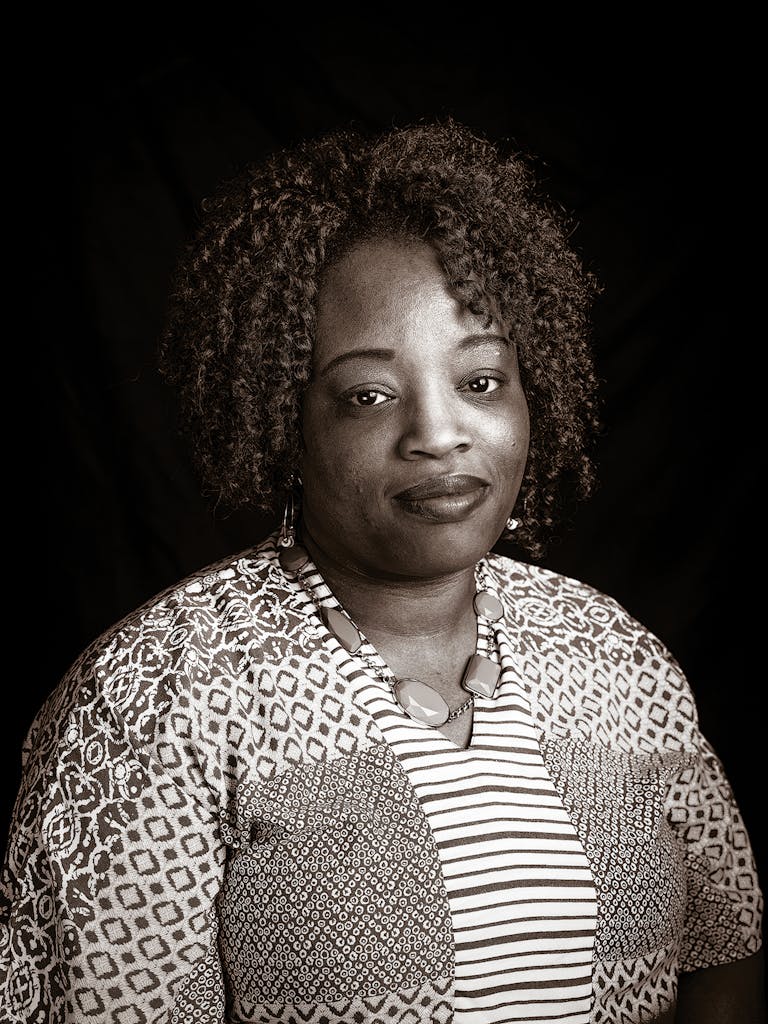
When the ACA was passed in 2010, Ana Maria Garza Cortez could hardly believe it. She’d spent decades trying to help poor people in San Antonio get health care. She knew the barriers they faced because she’d faced them too. She’d grown up in West Side housing projects, and her family never had health insurance. She and her seven siblings didn’t go to the doctor when they were sick. “That was a luxury,” Cortez says. “My mom loved us, but we were poor. She would wait to see if whatever we had would go away.” If it didn’t, she would take them to the neighborhood clinic or, more often, the emergency room. Since Cortez graduated from Our Lady of the Lake University, in 1990, she has worked with nonprofits, usually in health care. She serves as the vice president of development and marketing at CentroMed, one of the city’s sliding-scale, safety net clinics, with 23 locations in the area, many in the city’s poorer neighborhoods. She became one of the leaders of EnrollSA, along with Guajardo and Joe Ibarra, the deputy state director and operations manager at Enroll America. Among the city’s health care advocates, Cortez is admired for her energy and passion. “We call her ‘Santa Maria,’ ” Guajardo says. “She lives for the community. It’s in her bones.”
Now that President Obama had pushed through a law making health insurance available, at least in theory, to everyone, Cortez was elated. She knew Texas needed help—the state had five million uninsured residents, more than any other—and her hometown especially so. Officials figured there were 300,000 or so uninsured in the city and surrounding Bexar County. Latinos make up 60 percent of the San Antonio population, but 75 percent of the city’s uninsured. On the South Side, which has a significant Latino population, rates of diabetes, hypertension, and obesity were higher than average. For generations, says Santos Hernandez, who grew up in the Rio Grande Valley and now works as an application counselor at CentroMed, many in the poor Latino population, rural and urban, have had a three-step system for dealing with illness. “First you go to church, light a candle, and pray. Second, you see a curandero. Finally, you borrow money and take your kid to the doctor.”
With passage of the ACA, there seemed to be a genuine chance—after decades of failed attempts at health reform—that things would be different. “I was really excited,” Cortez says. “This was finally going to become law. Not just access to care—but access to quality care.” The ACA mandated that all insurance companies offer comprehensive health protection—everything from hospitalization and mental health services to prescription drugs and rehab. Cortez knew how hostile many Texans were to various parts of the law—the mandate that forced everyone to buy insurance or pay a penalty, the expansion of Medicaid to cover more poor people, the state and federal exchanges on which companies could sell policies, and the tax credits and subsidies paid by the government to individual buyers who couldn’t afford premiums. When the U.S. Supreme Court upheld the ACA in 2012, it also ruled that states didn’t have to comply with the Medicaid expansion, and Texas governor Rick Perry informed the federal government that not only would his state refuse to expand Medicaid, it wouldn’t create a state exchange. He called both provisions “brazen intrusions into the sovereignty of our state.” Texans could still buy their insurance on the federal exchange, but the state’s refusal to expand Medicaid would leave some three-quarters of a million without coverage. Cortez was baffled. “I couldn’t believe they wouldn’t take federal money—it was their own community, their own constituents. But they didn’t want to support the Obama plan.”
Cortez figured that there were roughly 200,000 Bexar County residents who would qualify for the ACA, but how could advocates actually get them to sign up? The federal government sent grant money to several San Antonio organizations—including CentroMed—to hire and train “navigators” who could help walk citizens through the process. In August 2013 Cortez attended a large meeting of various elected officials and health care leaders who had gathered downtown to figure out how best to get San Antonians enrolled. Guajardo was at the meeting too, as was Ibarra. It felt like the beginning of a new age. “We were ecstatic,” Guajardo says. “We could actually get people health care that wasn’t dependent on free clinics. I had worked in health care for fifteen years, and we were always trying to find a way to make insurance affordable for people, even when they didn’t have a job. Here it was, gift-wrapped.”

But there was no guidebook for signing up 200,000 people. The new coalition, which would soon become known as EnrollSA, began with health fairs and enrollment fests at clinics and churches and libraries. Enrollment was initially slow. Only 250 people signed up on the South Side in the first two weeks. Some came because they needed help: the healthcare.gov website kept crashing and they didn’t know what to do. Others came because they were worried about having to pay the penalty. Many were confused. Who qualified? What were they supposed to bring?
Only about half the people who showed up at enrollment events made enough money to qualify for ACA subsidies. The other half fell into the Medicaid gap: they earned too much money to qualify for Medicaid, but not enough to receive subsidies. They would have been covered under Medicaid expansion, but Texas’s refusal to do so had left a hole in the system. “As much as we were excited to see people get covered,” Cortez says, “having to tell families they didn’t qualify was devastating.”
The challenges were unending. Many enrollees didn’t have an email address, and some didn’t even have a computer, so staff members had to create Gmail accounts for them. Some were worried that the navigators would send their information to the government. They assured them they wouldn’t. The EnrollSA navigators and staff were learning everything as they went. “We were building the plane while learning to fly it,” Ibarra says.
Many people had never had insurance before and had never visited a doctor for preventive care, such as blood-pressure screenings or mammograms. They didn’t know that under the ACA they could get free physicals. “We’d say, ‘Call your doctor and schedule an appointment,’ ” Cortez says. “They’d say, ‘What do you mean?’ They weren’t used to that. They were used to walking into an ER or waiting until they were sick before going to the doctor.” They had no idea what a co-payment was, or a premium. Many would choose the plan with the cheapest premium, not realizing that their deductibles would be higher—or even understanding what a deductible actually was. The navigators would define it for them and explain why the lowest premium plans weren’t always the best deals.
With a March 31, 2014, deadline looming and the numbers still low, Cortez, Guajardo, Ibarra, and others at EnrollSA planned a final big event at the Alamodome. When deadline day arrived, people began showing up outside the stadium an hour before the event was to begin. The line soon grew to several hundred, and it remained long all day. A major problem was the national computer system, which even months into the ACA rollout, was still crashing repeatedly. “There were so many people, and we couldn’t accommodate them all,” Cortez says. “They were frustrated with the computer system and they were frustrated with us.” Since they couldn’t get to everyone that day, EnrollSA staff screened people in line: those who didn’t qualify were excused, and those who did were given a “golden ticket” and told to come back next weekend. The staffers were there until midnight and left exhausted.
The next weekend more than a thousand people came back. “We felt we’d done something big,” Guajardo says. “We’d moved a community in the right direction.” By the end of that first year, 76,414 Bexar County residents had enrolled in the ACA.
One of them was Rona Radcliffe, a single mother with two children, who had been diagnosed with breast cancer in 2011 and then lost her bank job and her insurance. She also suffered from sarcoidosis, a lung disorder, and asthma. “It was overwhelming,” Radcliffe says, “not having insurance.” And expensive. She racked up a lot of bills going to the doctor. But in 2014, while working a temporary contract job, she went to an EnrollSA event at her church and signed up for a plan that cost $123 a month. She could now afford to receive treatment. “I could finally breathe again,” she says, “figuratively and literally.”
EnrollSA reached outside San Antonio too, to people like Mary Kitchens, a single mother of four living in nearby Bandera. Kitchens had been diagnosed in 2008 with multiple sclerosis, a disease that creates lesions on the brain and spinal cord. But without insurance, she couldn’t afford the expensive drugs—the cheapest was $7,200 a month—necessary to treat her symptoms and slow the progression of the disease. “All I could do is wait for a lesion to come and work through it on my own,” she says. “Hope it would heal.” Her only medicine was massive doses of steroids for short periods. She was miserable and wound up in the hospital seven times over the next seven years. Kitchens eventually got to the point, she says, that she was ready to die. “I gave up. It’s hard when you’re living with a disease and working so hard to put food on the table, and you’re juggling things all the time and at the end of the day, you still have a disease. Your neighbor can go to the doctor and you’re thinking, ‘What makes you more important than me?’ ”
But in February 2015, when Kitchens was working part-time in a real estate office, a chance meeting with Andrea Guajardo changed her life. The EnrollSA activist was in the office on other business, saw that Kitchens wasn’t feeling well, and prodded her to sign up for the ACA. Kitchens was shocked to find that her premium, after a subsidy, would be $170 a month. When her new insurance card came in the mail, she sat in her car at her rural mailbox and called her doctor to make an appointment. She started seeing a neurologist and getting treatment to control her symptoms. She also had surgery to remove cataracts (she was legally blind in one eye) caused by her reliance on steroids all those years. She felt almost normal again. “The ACA saved my life,” she says, “emotionally and physically.”
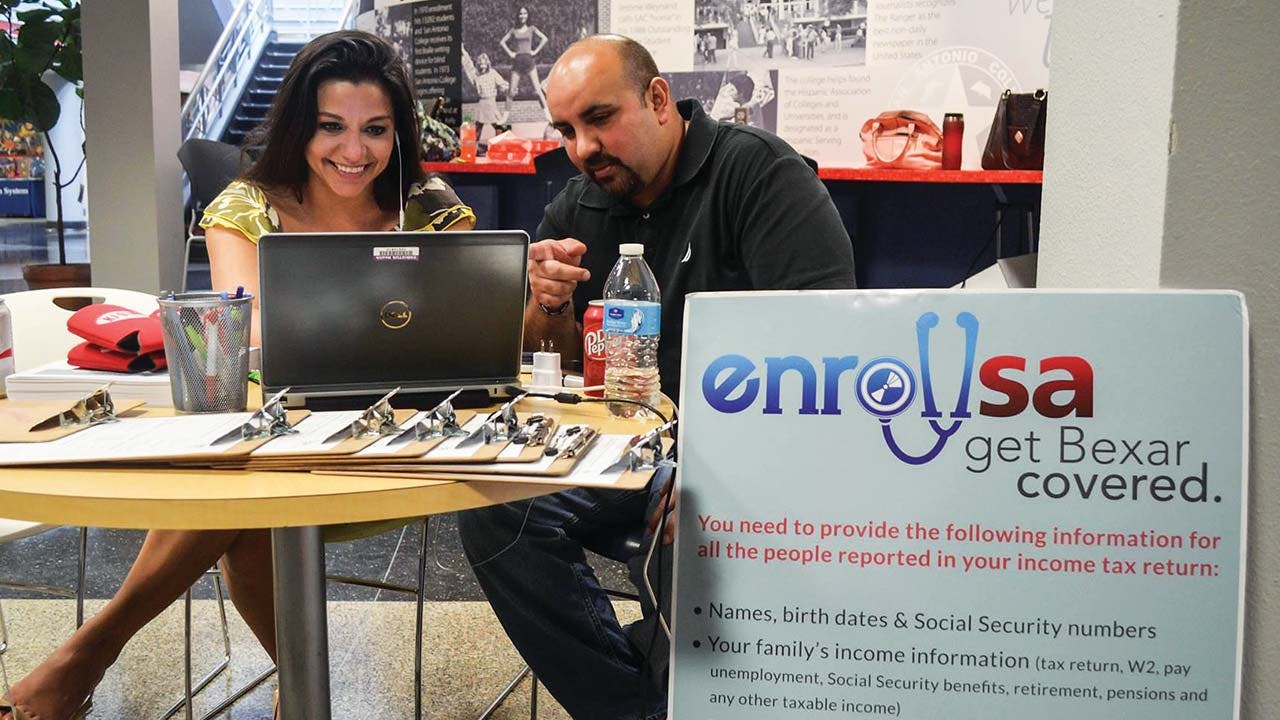
By early last year, 106,000 people in Bexar County had enrolled or been re-enrolled in the federal exchange. Though the figure was half of the original goal, EnrollSA leaders felt it was still a considerable achievement given the challenges they’d faced. In March the White House recognized Cortez for her work on the ACA, giving her a Champions of Change award.
But 2016 would prove to be a difficult year for Obamacare, fulfilling the prophecies of many who had criticized it from the start. Nationwide, premiums doubled and even tripled, though many consumers didn’t feel the bite because of their subsidies (913,000 of the 1.3 million Texans enrolled in Obamacare received subsidies that year, the third highest number in the U.S.). Then insurance companies began shrinking their networks, cutting out costly preferred provider organizations (PPOs)—which have large networks of doctors—and leaving narrower HMOs. Even if you were covered, it was sometimes hard to find a doctor or specialist, and then you’d have to wait sometimes months to get an appointment. All this after President Obama had famously promised that Americans would get to keep their doctors. Only one company in San Antonio, Allegian, offered any PPO plans. Other insurance companies announced they would soon be pulling out of Texas altogether. In 2016 San Antonio had eight companies offering 78 plans; for 2017 there would just be four companies offering 35. Anger with Obamacare became even more widespread. Here was a system that required people to have insurance, yet it was charging outrageous prices with little selection. To many, Obamacare was a rip-off.
Then came Trump’s election—fueled at least in part by frustration with the ACA. For the activists who’d fought so hard to get insurance for poor people, the election results were a shock. “We all know that if the ACA is repealed, there’s a possibility that we go right back to the same piecemeal system we had before: no surgical care, no wellness checks, no shots,” Guajardo says. Ibarra tried to remain optimistic. “If there’s hope,” he says, “it’s in how health insurance has now become normalized. It’s going to be hard to take away. People have it and they use it.”
To supporters, the ACA has been a grand experiment in social policy, the most ambitious attempt since the New Deal to provide citizens with a basic civic right: good health. In Texas, the uninsured rate has fallen from 26 percent to 18 percent, and more than 1.3 million previously uninsured people have gained coverage, including 120,000 in Bexar County as of today. The rate of uninsured Latinos has fallen from 43 percent in 2013 to 31 percent—almost three times the decline among whites and blacks. “The law has improved health care comprehensively,” Guajardo says. “It’s given minimum standards for doctors, insurance companies, and hospitals. It’s placed a value on health.”
But to detractors, the ACA is the federal government run amok, bloated and hardly affordable. “The health care system was sick long before Obamacare,” says Deane Waldman, the director of the Center for Health Care Policy at the Texas Public Policy Foundation, a conservative think tank. “The root cause is the very presence and control of the health care system by the federal government. We can’t fix the ACA because it’s bad public policy, and it’s bad public policy because of federal control. The ACA is more federal control.” Waldman hopes for repeal of the law. The solution, he says, should be left up to the states. As for those in imminent danger of losing their insurance, he acknowledges a responsibility to them. “We should take the vulnerable population out of the free market system and they should go into some form of a high-risk pool or permanent care fund. We can do that quite easily.”
State representative John Zerwas, a Republican from Richmond, where he’s a practicing physician, also opposes the ACA and says the government needs to take care of those who can’t afford insurance. “Those of us who strongly oppose Obamacare, we own this now. We need to be thoughtful on how we proceed. This can be done in a way so that people don’t fall through the cracks. We need to make sure we make available health plans that people can afford and are willing to use and are better than what they had before. It has to be done.”
The problem, of course, is that it took nearly two decades of political wrangling to come up with a national health care law, going back to 1993 and the Clinton administration’s initial attempts and Republican alternatives, all of which were part of the discussion in creating the ACA. It will be extremely difficult to come up with a replacement that actually allows those 120,000 people in the San Antonio area to continue going to the doctor. The solution, says Vivian Ho, a health economist at Rice University’s Baker Institute, is not to throw out the ACA but to fix it. “The ACA is not perfect,” she says, “and to expect it to be is asking too much.” Ho, who has studied the ACA since its troubled beginnings, fears that if the law is repealed without an adequate replacement, Texas’s economy would be devastated. “Texans received billions of federal dollars under the ACA to get coverage. Without those revenues, hospitals and physicians will be forced to cut back services. We’ll go broke.”
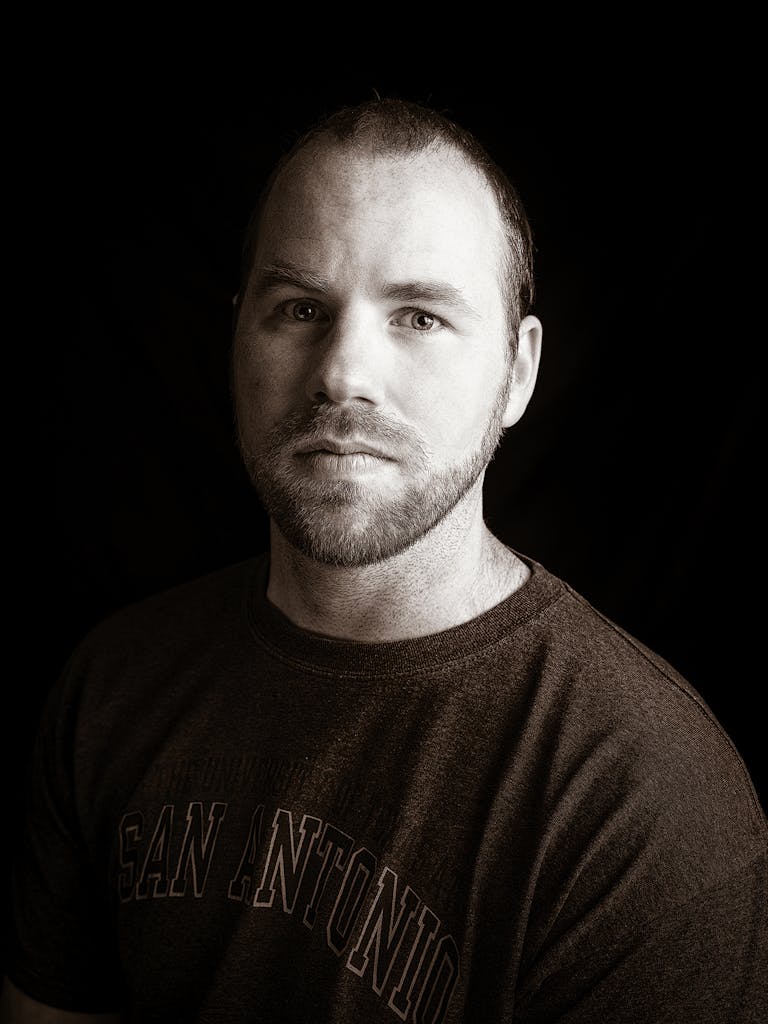
Not all stories of people getting coverage under the ACA in San Antonio are as dramatic as those of Hernandez, Radcliffe, and Kitchens. For most people, it’s not about life or death but rather the mundane things that many of those with employer-provided insurance take for granted, such as going to the doctor when they get the flu. Roger Hernandez is a good example. He’s 53 and manages a downtown auto parts shop. He had always gotten by without health insurance, visiting a neighborhood clinic when need be. He’d been hesitant to sign up for the ACA—not only was he in good health, he wasn’t a big fan of Obama. But in 2015 he decided to enroll at a CentroMed event. He used his new plan to see a doctor and get a physical.
Jessica and Casey Friday are a young married couple (28 and 31, respectively) who routinely use their policy to take care of themselves. Before the ACA, she couldn’t get health insurance in part because she had a pre-existing condition, endometriosis, wherein tissue that normally lines the uterus grows outside of it instead. They signed up during the first enrollment period in 2014 and promptly had trouble with their new insurance carrier, which wouldn’t cover the surgery she needed (she eventually had to go to a specialist in California). The policy ultimately wound up covering some of her costs. Early last year she was diagnosed with bipolar disorder as well as ADHD, while he was diagnosed with ADD. Now they each need regular doctors’ appointments, and take medicines that without coverage would cost more than $1,000 per month. Though they still get frustrated—they’ve had to change policies every year, because insurance companies kept dropping out—they are extremely grateful to have the ACA. “When I didn’t have insurance,” Jessica says, “I’d lie awake at night worrying about getting cancer or having a heart attack. Now I can sleep.”
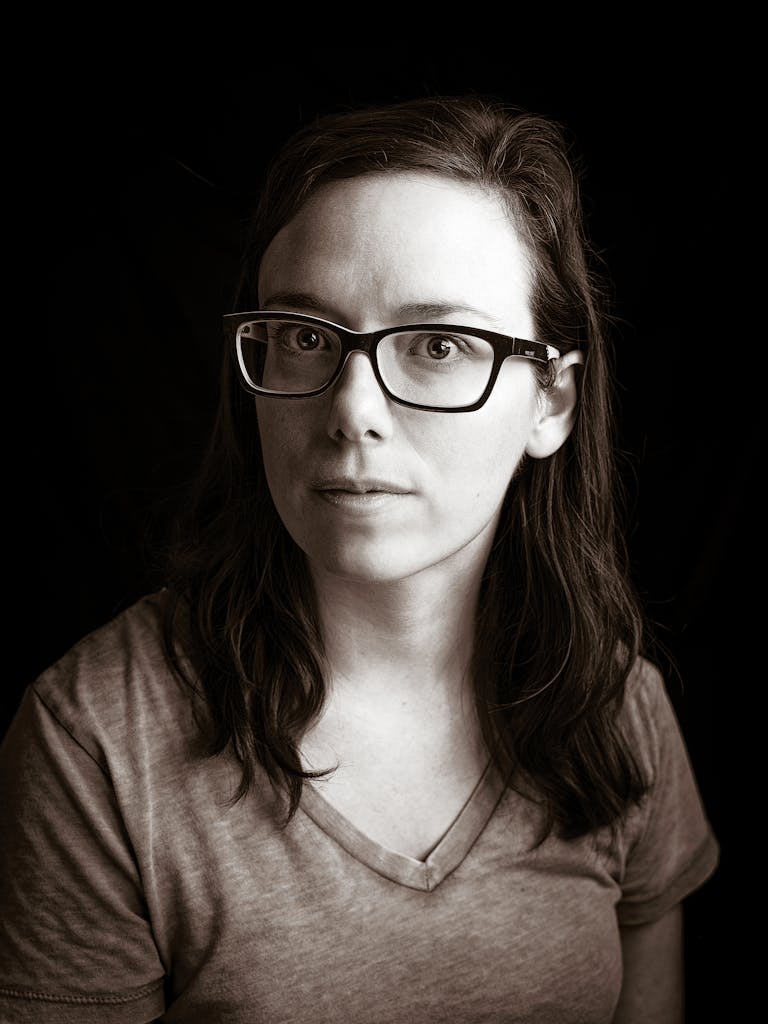
On January 28, three days before the final deadline to enroll for 2017, Jessica and Casey went to an EnrollSA event at the Daughters of Charity DePaul Family Center in the southwest part of town. EnrollSA was making a last push for sign-ups; if people enrolled before the deadline, they’d be guaranteed coverage for the rest of the year, even if the ACA is repealed. Cortez, Ibarra, and Guajardo were there, as were Congressmen Lloyd Doggett and Joaquin Castro. All of them knew that this might be Obamacare’s last hurrah. While families signed up with navigators in a nearby annex, about a hundred people gathered in an outside pavilion. Anel Trevino, who works with EnrollSA, told the crowd about her experience. Trevino, who is 35, enrolled in the ACA last year and went to the doctor, who found a tumor in her chest. After the tumor was removed, she had to have another surgery because the wound wouldn’t heal. “It took three or four months to go through everything,” Trevino said. “I can’t tell you what I would have done without my insurance.”
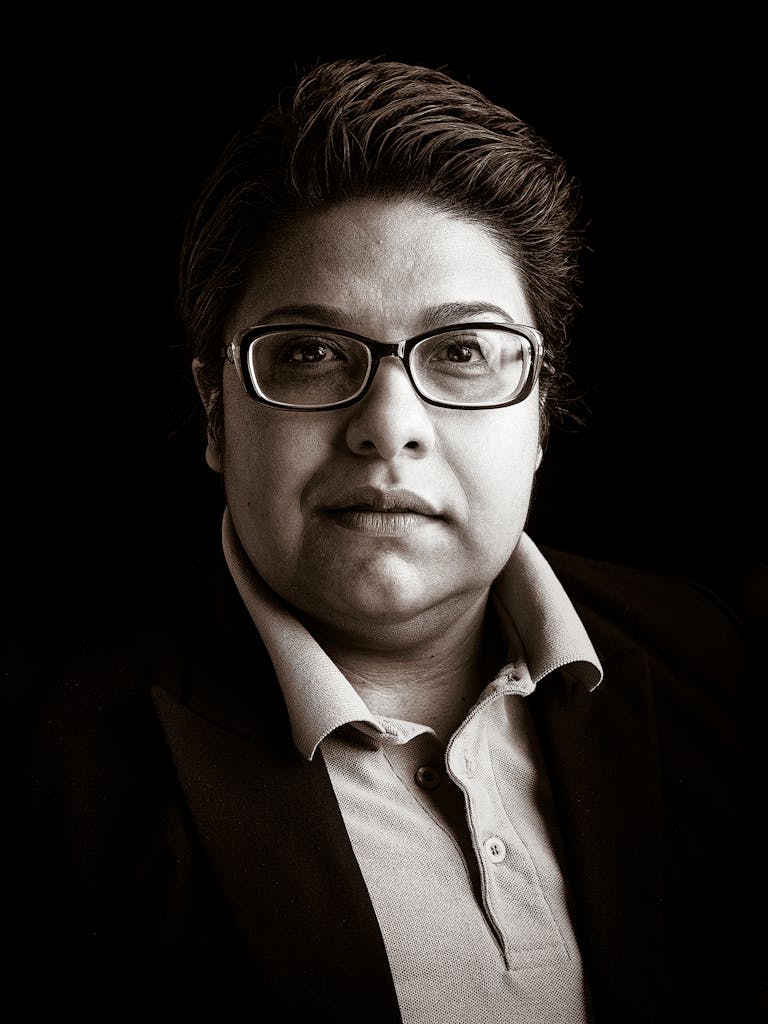
Both Doggett and Castro spoke, and the younger congressman was particularly fiery. “These are trying times in our country,” Castro said. “When it comes to health care, we are not going to go quietly or gently into the good night.” The audience whooped and clapped loudly. “We all know the health care act was not a perfect bill. Hardly any bill passed by a state legislature, a school board, a city council, or the U.S. Congress is a perfect piece of legislation. But the right thing to do is correct the errors, not do away with it. Especially if you don’t have a plan to replace it.”
Roger Hernandez would have liked to have heard Castro’s words. He had planned on attending the rally, but his eldest daughter was ill, so he stayed home to take care of her. Lately, he’d had health problems too. Last year, after his physical, doctors found blood in his stool. “That freaked me out,” he says. His doctor recommended a colonoscopy, which, since he now had insurance, he agreed to. The operation revealed a polyp deep inside his colon, which the surgeon removed. Luckily, it wasn’t cancerous. The procedure cost him $700 with the ACA but would have been $8,000 without it, a price he couldn’t have afforded. “No way,” Hernandez says. “But I’ve had three friends die of colon cancer in the last year.”
Hernandez, who voted for Trump, is especially worried that he is at risk for colon cancer; his doctor has advised him to return for another colonoscopy in 2019. “I didn’t vote for Trump because of his health plan,” he says. “I voted for him for other reasons. But if he gets rid of the ACA, he’d better have something better, because what will people do without health care? Whatever he does, it better benefit the lower-income people and the middle class, the ones who are really suffering. He needs to take care of all the people.”
- More About:
- Politics & Policy
- Health
- Longreads
- San Antonio








